The Hidden Weight of Administrative Work
Women’s health clinics—especially OB/GYN and reproductive care practices—carry a heavy administrative load. For every patient visit, staff handle scheduling, eligibility checks, chart updates, referral coordination, and prior authorizations. Providers often spend hours after clinic completing notes, verifying labs, or managing refill requests.
This administrative burden doesn’t just slow operations—it affects morale, revenue, and patient experience. That’s why forward-thinking practices are adopting AI tools that automate repetitive tasks and give clinicians back the time to focus on care.
How AI Tools Are Reshaping Women’s Health Operations
Artificial intelligence in healthcare has moved well beyond theory. Today’s best tools are designed to understand medical context, automate documentation, and streamline communication between staff, providers, and payers. In women’s health, these capabilities directly address common bottlenecks.
Here’s where AI is making the biggest difference:
- 1. Referral Intake Automation
AI can read faxed or emailed referrals, extract patient data, and create structured records automatically. That means fewer missed referrals and faster scheduling. - 2. Prior Authorization Support
Intelligent platforms collect clinical data, complete payer forms, and track approvals—reducing turnaround times from days to hours. - 3. Documentation and Note Preparation
Voice-enabled and context-aware AI systems help OB/GYNs draft visit notes in real time, cutting documentation time by up to 70%. - 4. Fax and Form Processing
Smart document processing tools categorize and route incoming faxes automatically, ensuring nothing gets lost in the shuffle. - 5. Prescription Refill Requests
AI monitors inbound refill requests, validates patient eligibility, and routes them to the right provider—speeding up turnaround and improving patient satisfaction. - 6. Billing and Coding Assistance
Tools trained on CPT and ICD-10 codes identify missing or mismatched information, reducing denials and rework.
The ROI of Reducing Administrative Burden
The impact of automation is measurable. Clinics that implement AI-driven tools report:
- Up to 40% less time spent on manual admin work
- Faster revenue cycles due to cleaner claims and fewer denials
- Improved staff satisfaction, as team members shift from data entry to patient engagement
- Higher patient throughput without hiring additional staff
In a healthcare economy defined by efficiency, those outcomes translate directly to stronger financial health and better patient care.
What to Look for in an AI Platform for Women’s Health
Not every AI tool is built for healthcare—and not every healthcare tool is built for women’s health. To ensure the best fit, look for solutions that:
- Are purpose-built for medical practices, not generic automation tools
- Support OB/GYN-specific workflows like prenatal visits, ultrasounds, and surgical scheduling
- Offer HIPAA-compliant, SOC 2–certified data protection
- Integrate seamlessly with your existing EHR and billing systems
- Provide transparent metrics showing time and cost savings
These features ensure that automation enhances, rather than disrupts, your team’s workflow.
How Honey Health Simplifies Admin Work for OB/GYN Practices
Honey Health’s AI platform is designed specifically for the administrative backbone of women’s health. It handles the repetitive, error-prone tasks that keep staff tied to their desks, including:
- Referral intake and fax triage
- Prior authorization workflows
- AI-generated documentation
- Refill and follow-up automation
By unifying these functions in one platform, Honey Health allows OB/GYN practices to move faster, stay compliant, and keep their focus on patients—not paperwork.
Turning Burden Into Balance
Reducing administrative burden isn’t about cutting corners—it’s about creating balance. With the right AI tools, women’s health clinics can reclaim control of their workflows, ease burnout, and create a more human-centered model of care.
In the coming years, automation will no longer be optional—it will be essential. And the clinics that act now will lead the next generation of patient-centered women’s health.

